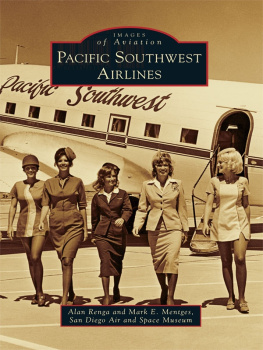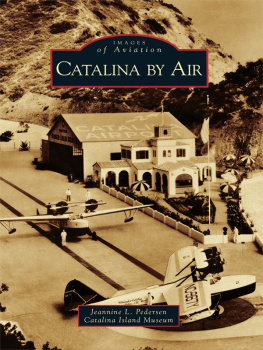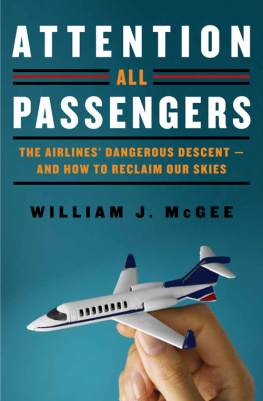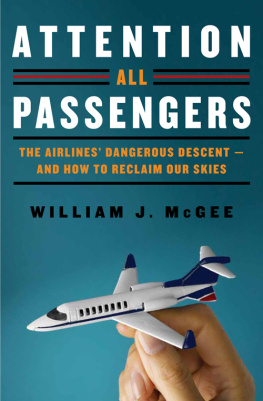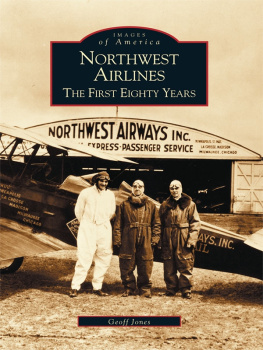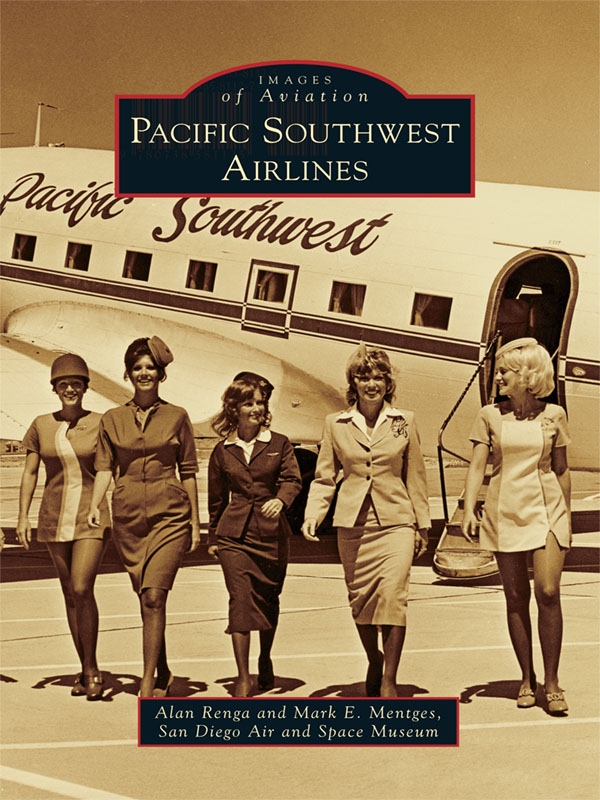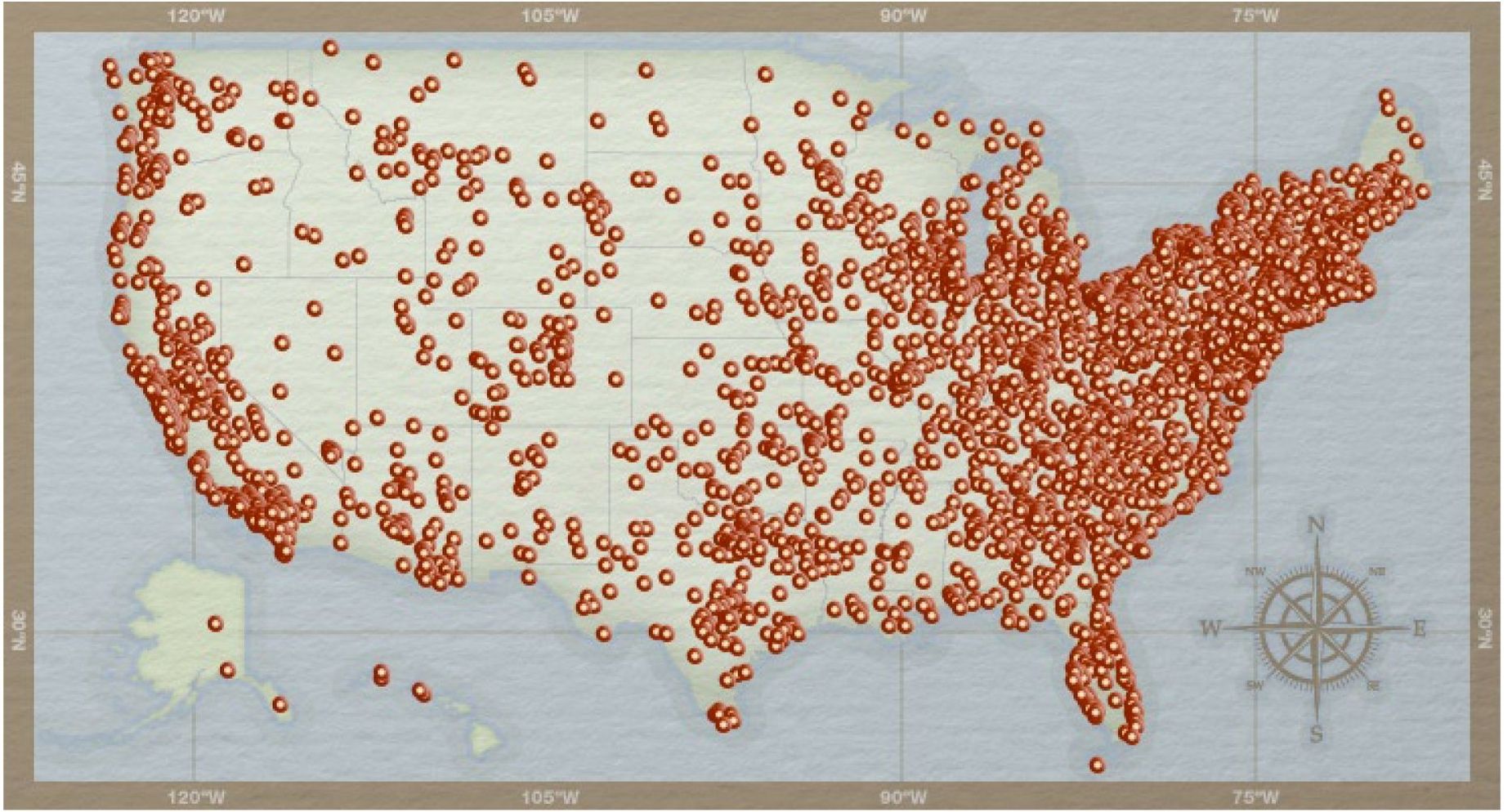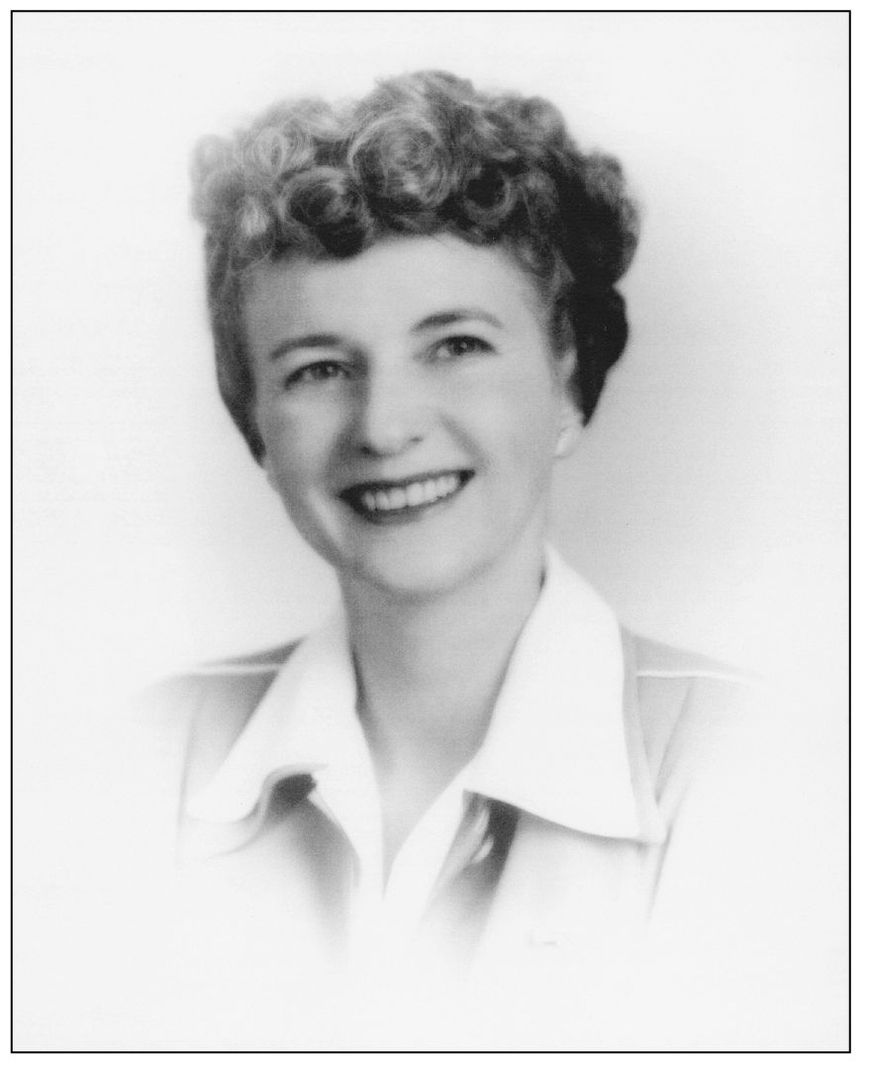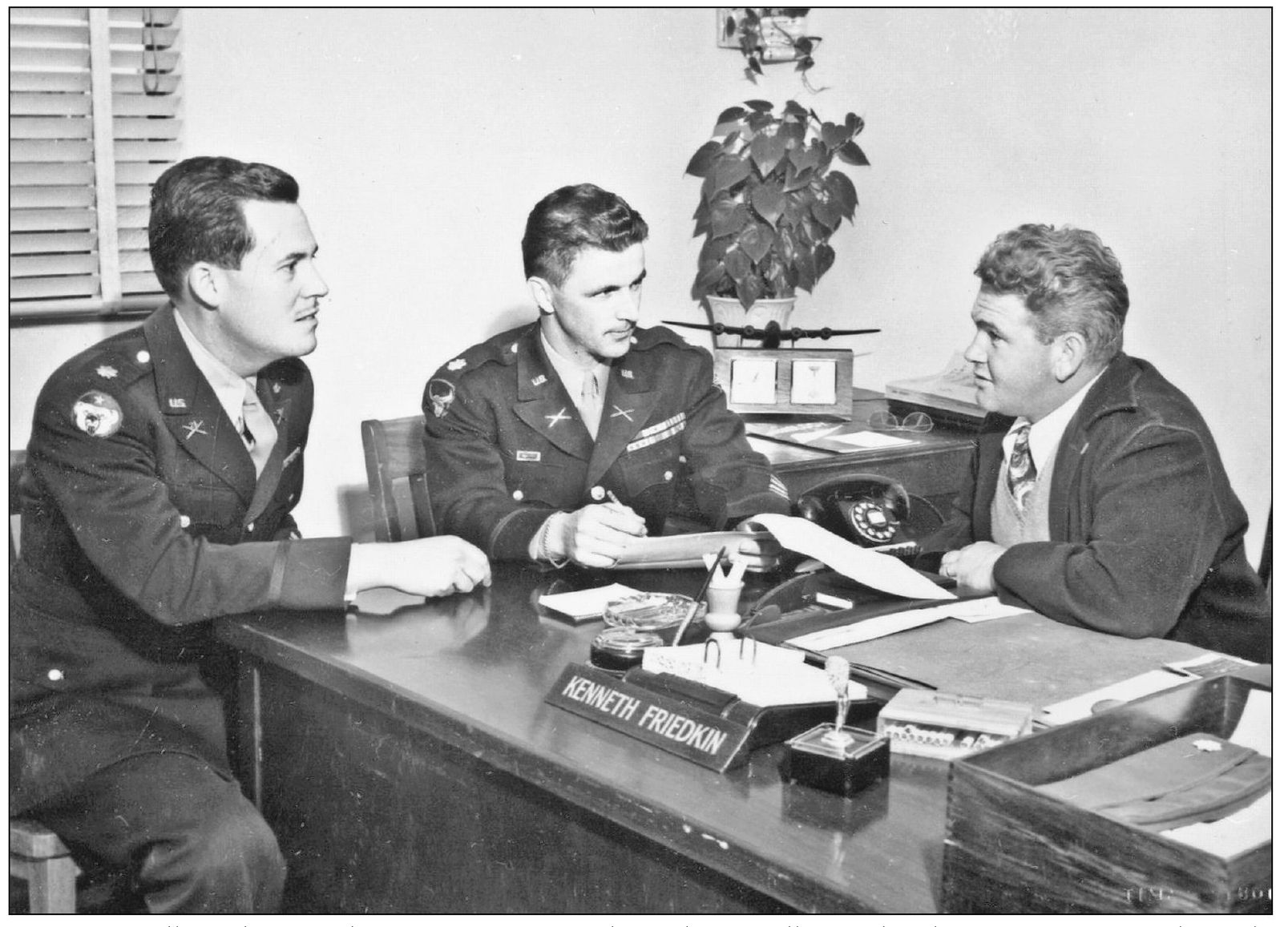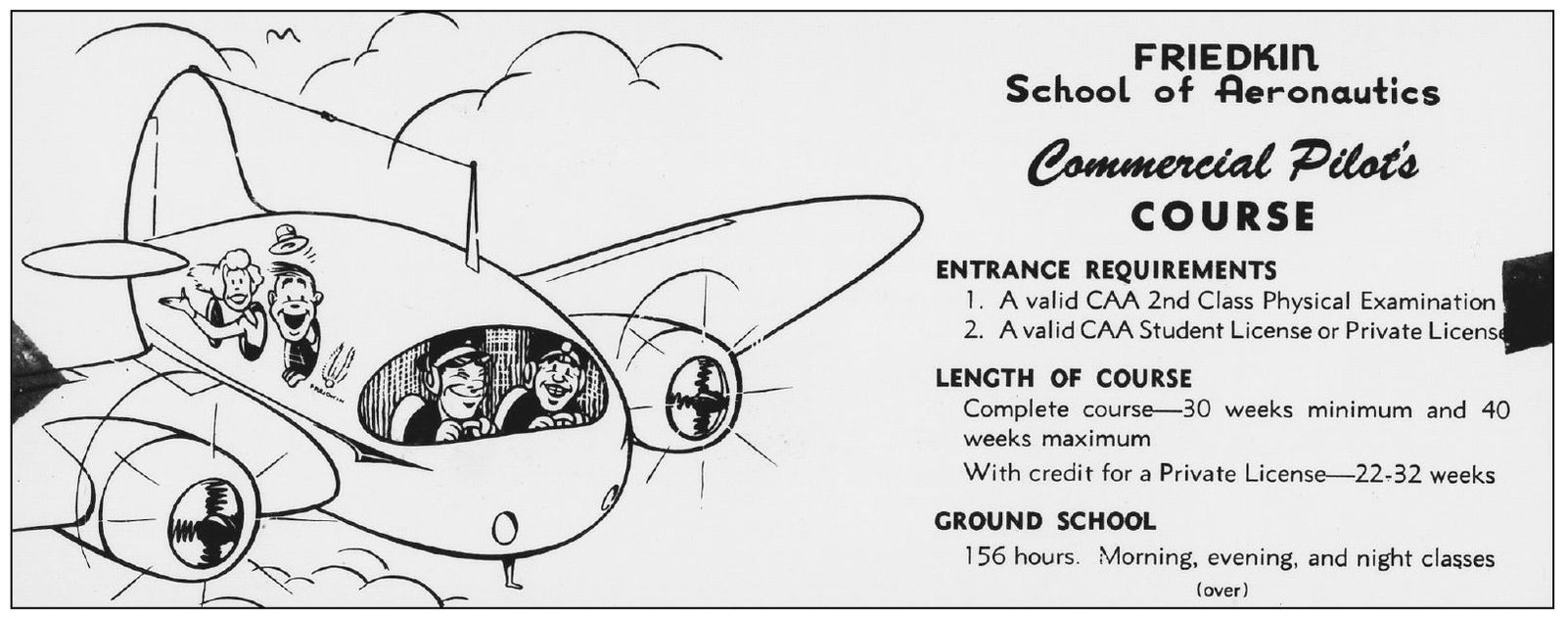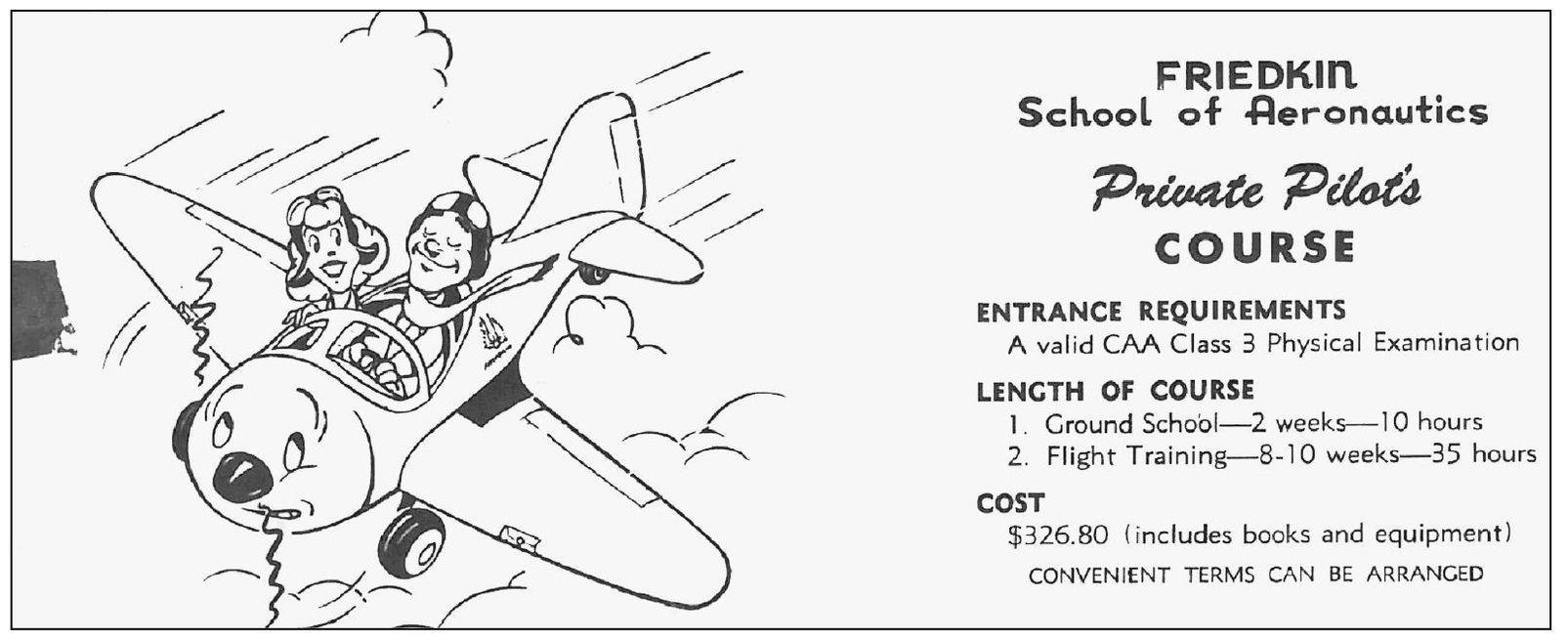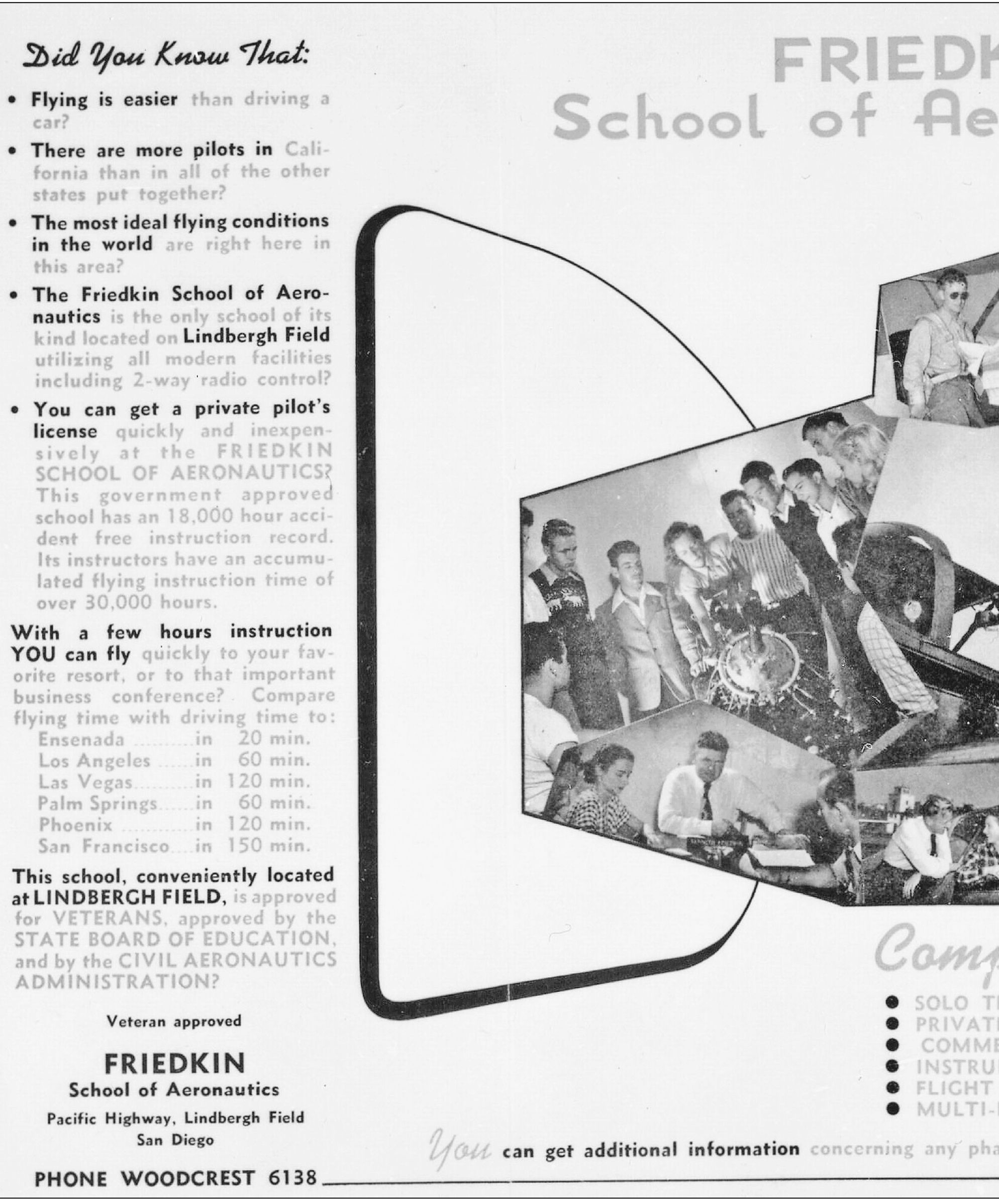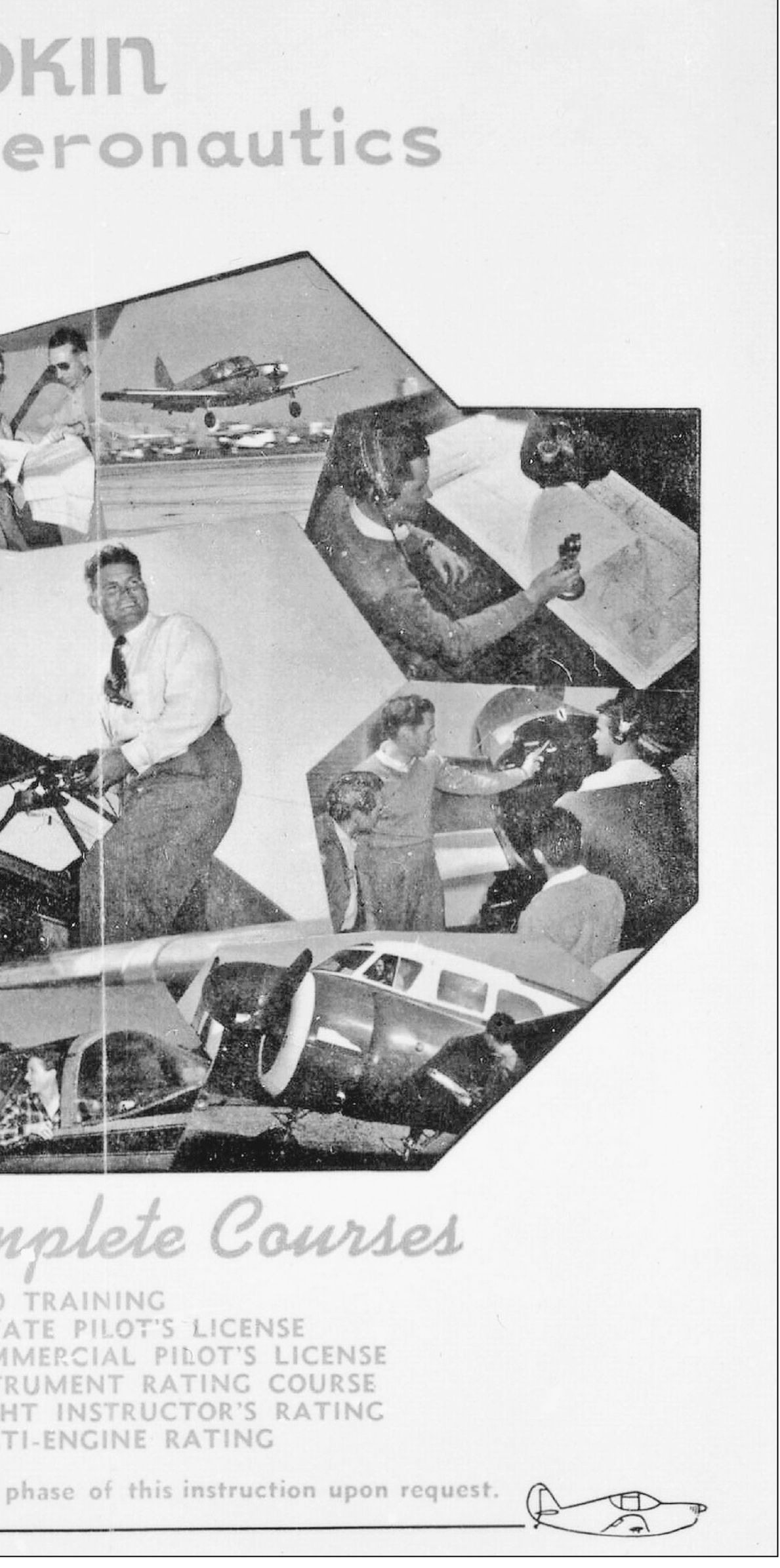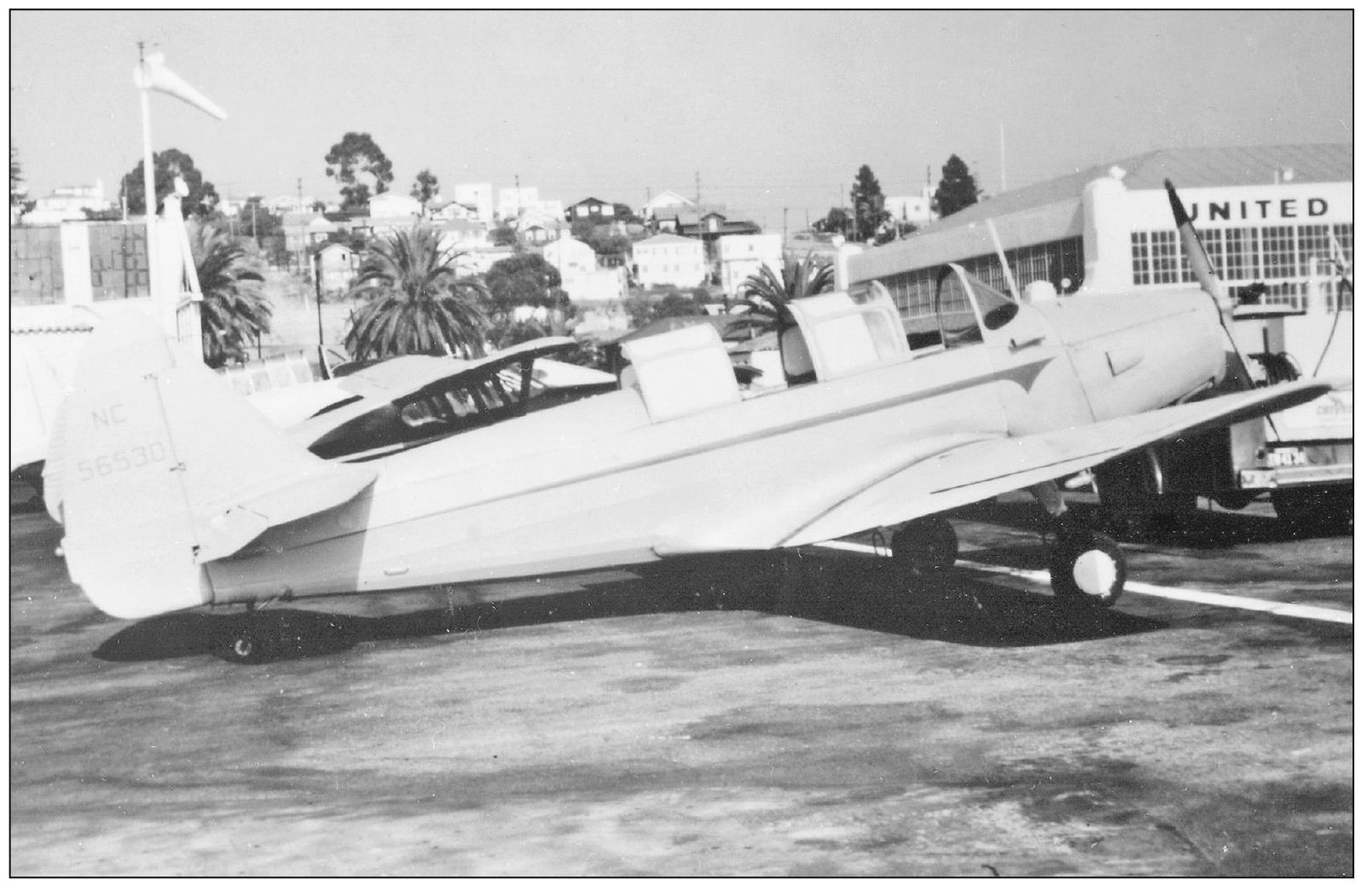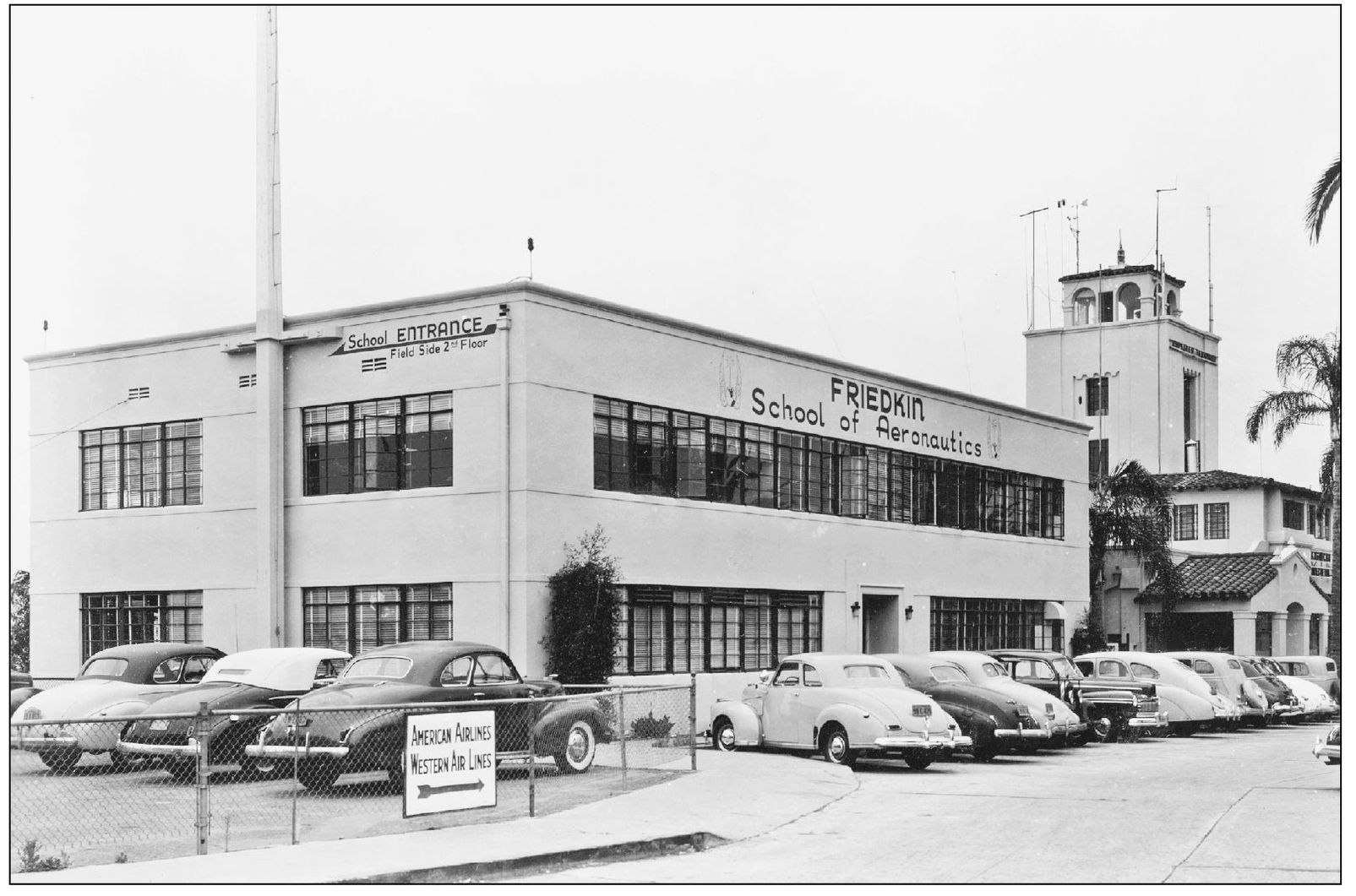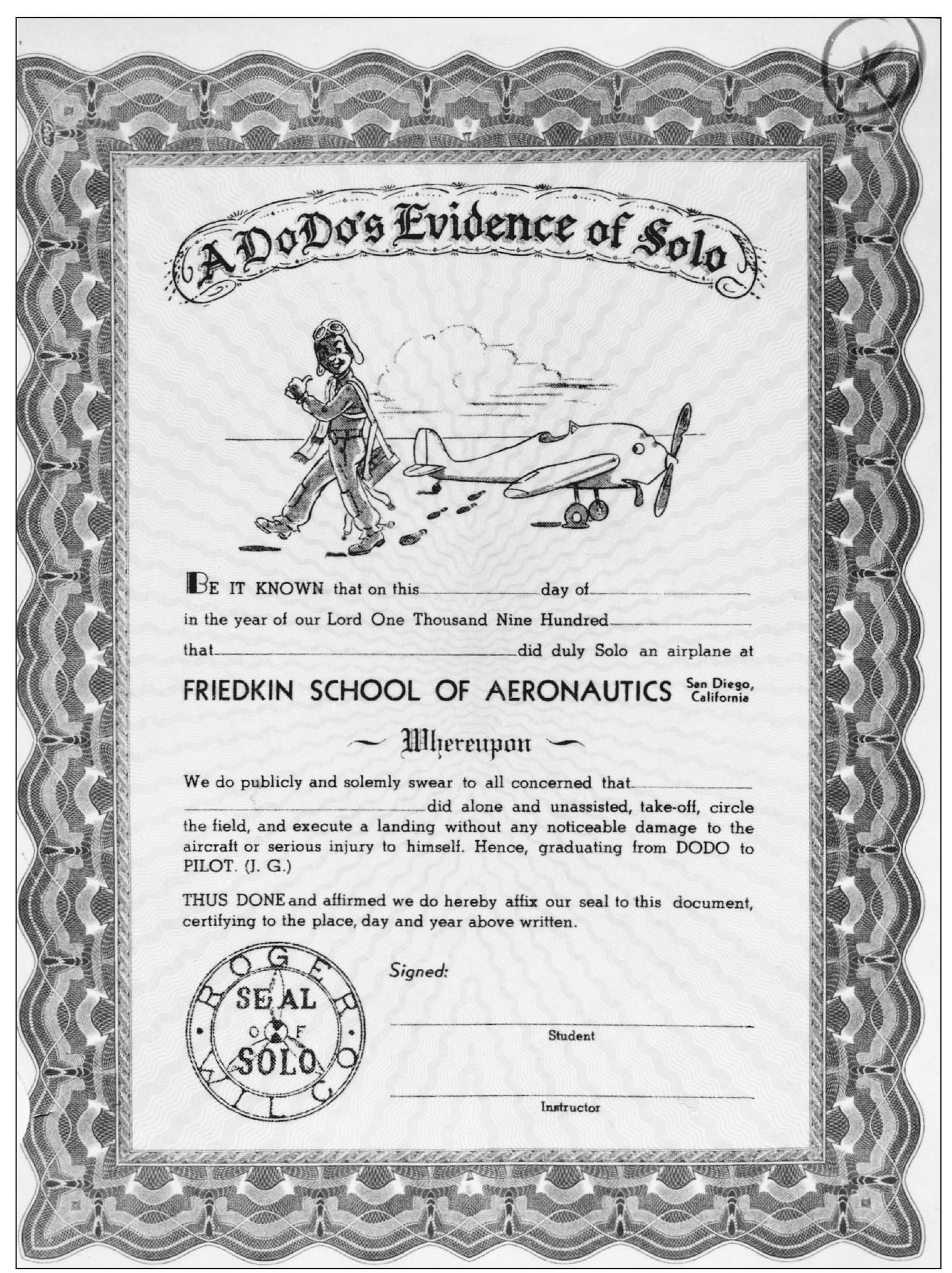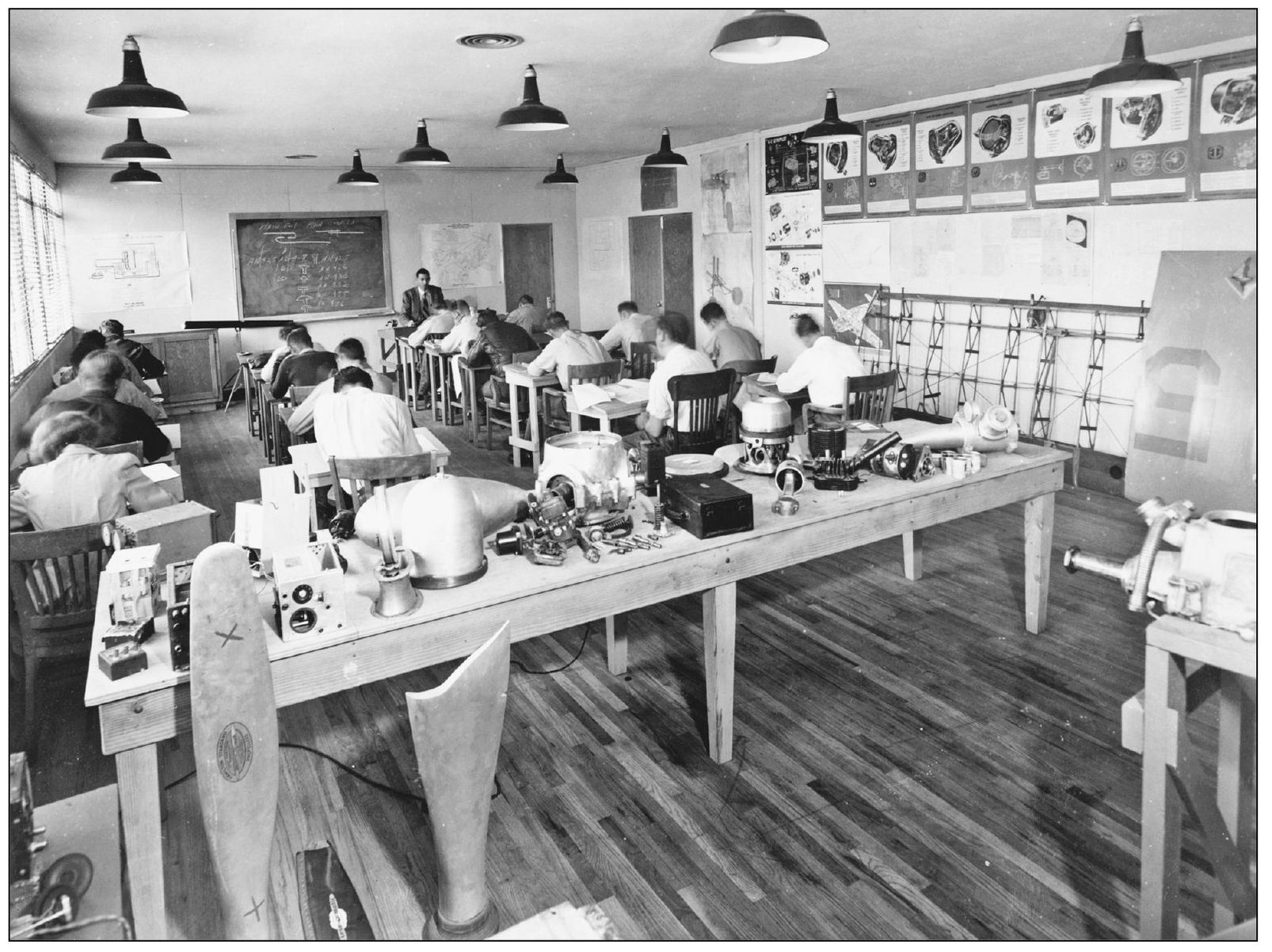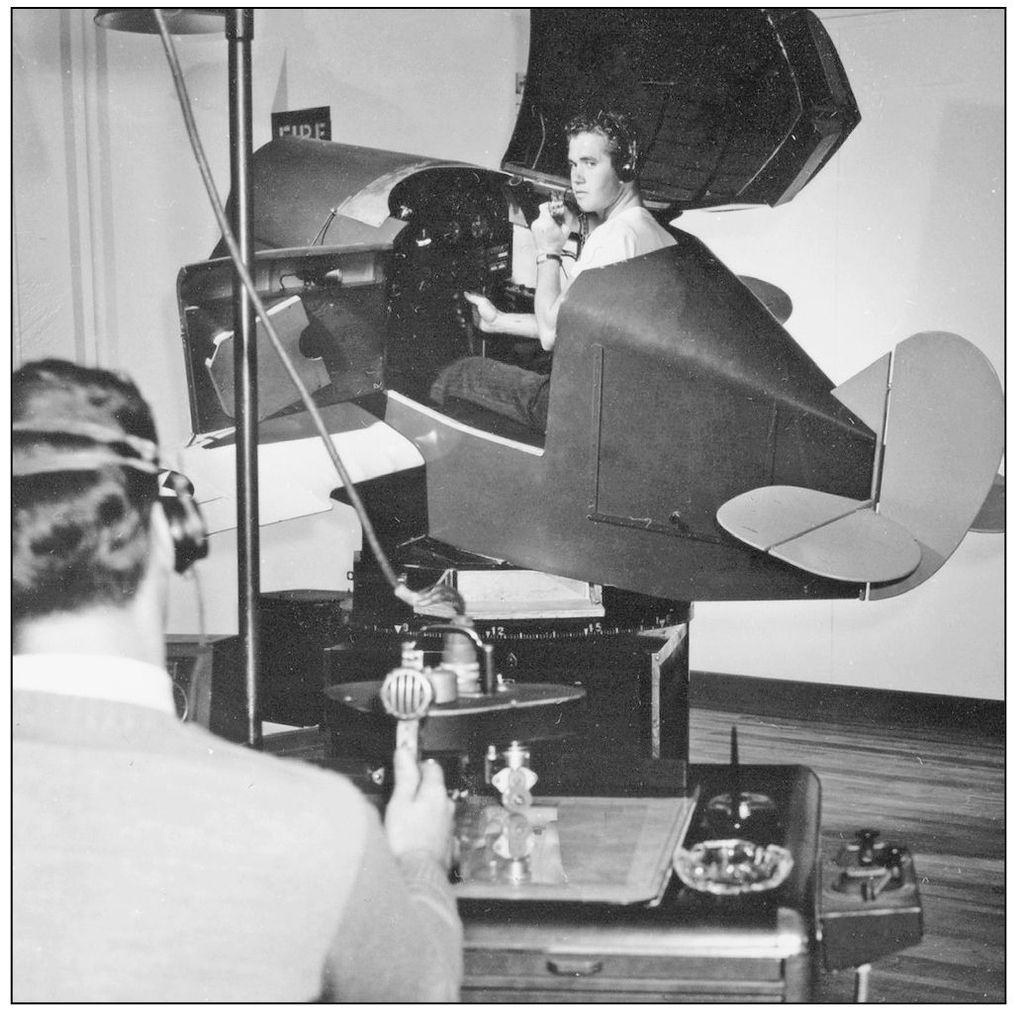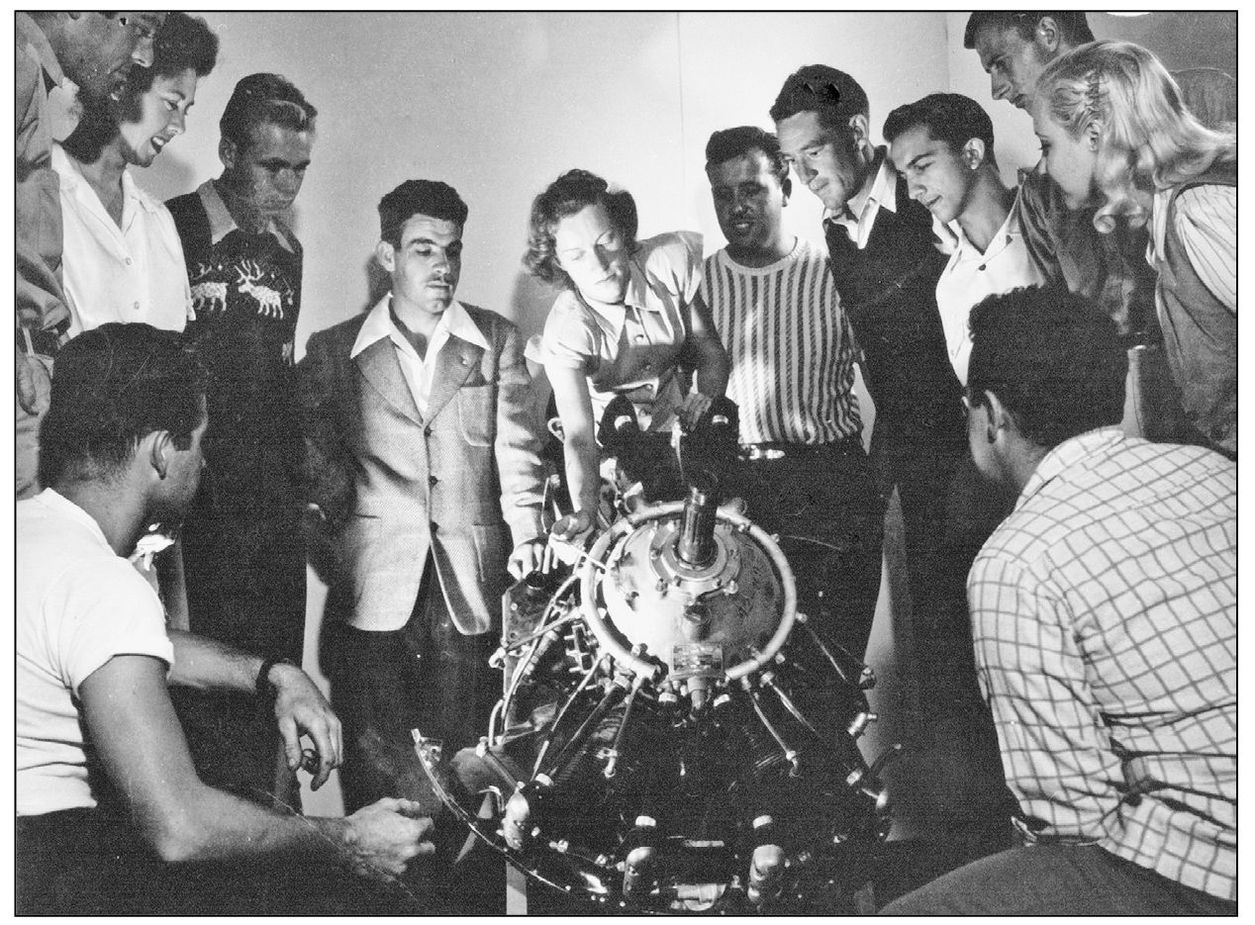One
1940S
THE BIRTH OF AN AIRLINE
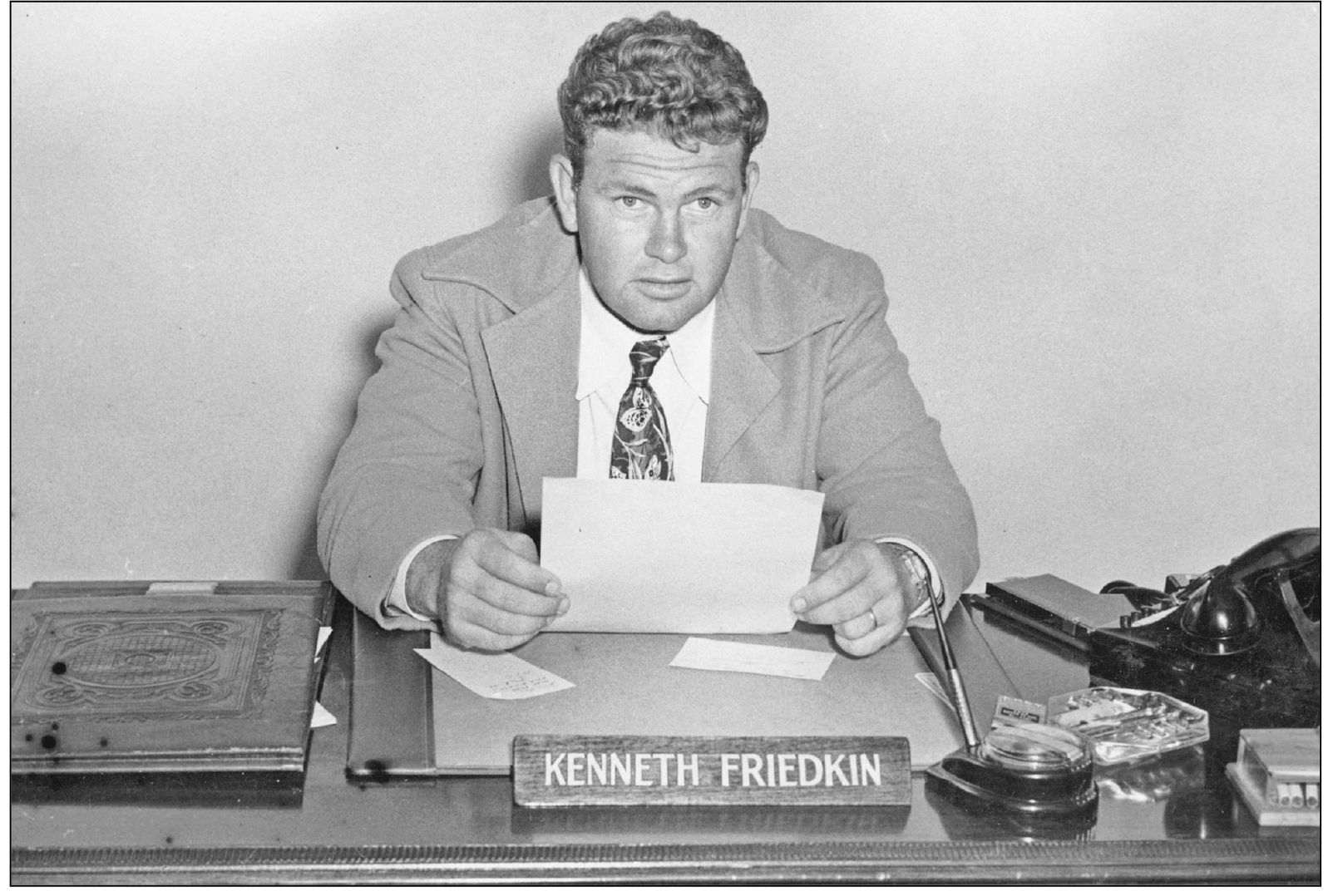
It is not an exaggeration to say that there would be no Pacific Southwest Airlines without Kenneth Giles Friedkin, known as Kenny, who was born in New York in 1915. As a child, Kenny was fascinated by the Barnstormers he watched perform, and they inspired him to become a pilot. He took his first flying lesson when he was only 17 and achieved his instructors rating at age 23. During the 1930s, he was the chief flight instructor and director of training at a flying school in Glendale, California. At the start of the World War II, Kenny trained a diverse group of pilots, including women who would ferry aircraft with the famed Womans Auxiliary Service Pilots (WASPs) and Canadians who would fight the German Luftewaffe. In 1942, Kenny became a charter pilot for Consolidated Vultees transport subsidiary, Consairway, before becoming a test pilot for Consolidated in San Diego. After the war, Kenny teamed up with friend Joe Plosser and opened the Plosser-Friedkin Flight School in 1946. A year later, Plosser sold his share of the school to Victor Lundy, and the school was renamed the Friedkin School of Aeronautics. It was this diverse background that would give Kenny the experience to become so successful in his future business ventures.
Kennys wife, Jean, was an excellent partnerin marriage and in business. She had an integral role in Friedkin Aeronautics and later PSA, supporting the companies in many different capacities, from working in the office to serving as vice president. This relationship would be an indication that the PSA employees would be a family, in some cases literally.
Kenny Friedkin chats with two officers. Much of the Friedkin School of Aeronautics clientele after World War II were former combat pilots who needed to obtain a civilian license in order to work in the growing airline industry. Many of these students paid for the lessons with their G.I. Bill benefits.
This advertisement for the Friedkin School of Aeronautics appeared in the local press and was handed out in the form of a business card. The school offered a variety of courses, including those for private pilots, commercial pilots, and flight instructors.
This Friedkin advertisement is for the private pilot course. The price for a private pilot course was $326, but the prospective student should not worry, because convenient terms can be arranged.
This brochure advertises the flight school at Friedkin Aeronautics and boasts that flying is easier than driving a car. The prospective students would soon find out if this was the case. However, the claim that San Diego has some of the best flying conditions in the world is not an exaggeration. The areas ideal weather was what drew one of the pioneers of flight, Glenn Curtiss, to San Diego to establish his flight school in 1911.
This Fairchild PT-19 with an enclosed cabin was used at the Friedkin School of Aeronautics to train students. The schools aircraft would be put to good use, because at its height, more than 200 students were enrolled.
Here is a view of the Friedkin School of Aeronautics at Lindbergh Field taken from the rear. Note the original art deco passenger terminal to the right. Both buildings fronted Pacific Highway on the east end of the field, where Landmark Aviation now stands.
This certificate, called A Dodos Evidence of Solo, was given to students at the Friedkin School of Aeronautics on that special day when they made their first solo flight. This is an important day in a pilots life, when a person symbolically gets off the ground and sheds his or her image of a flightless bird.
Before students could even set foot in an airplane, they had to spend many hours in a classroom. During ground school, the students would learn the basics of flight in addition to rudimentary aircraft mechanics. Notice the different items used for instruction, including engine parts and propellers.
A student sits attentively in Friedkin Schools link trainer. The link trainer was known as the pilot maker. Organ bellows and a motor provided movement to the trainer, which was mounted on a pedestal so the airplane could pitch, roll, dive, and climb as the student flew it.
From the beginning, PSA was not a male-only business; some of the first employees were women. Here Betty Lambert explains to students how a reciprocal engine functions at the Friedkin School. It is important to note that there are female students in this class as well.

